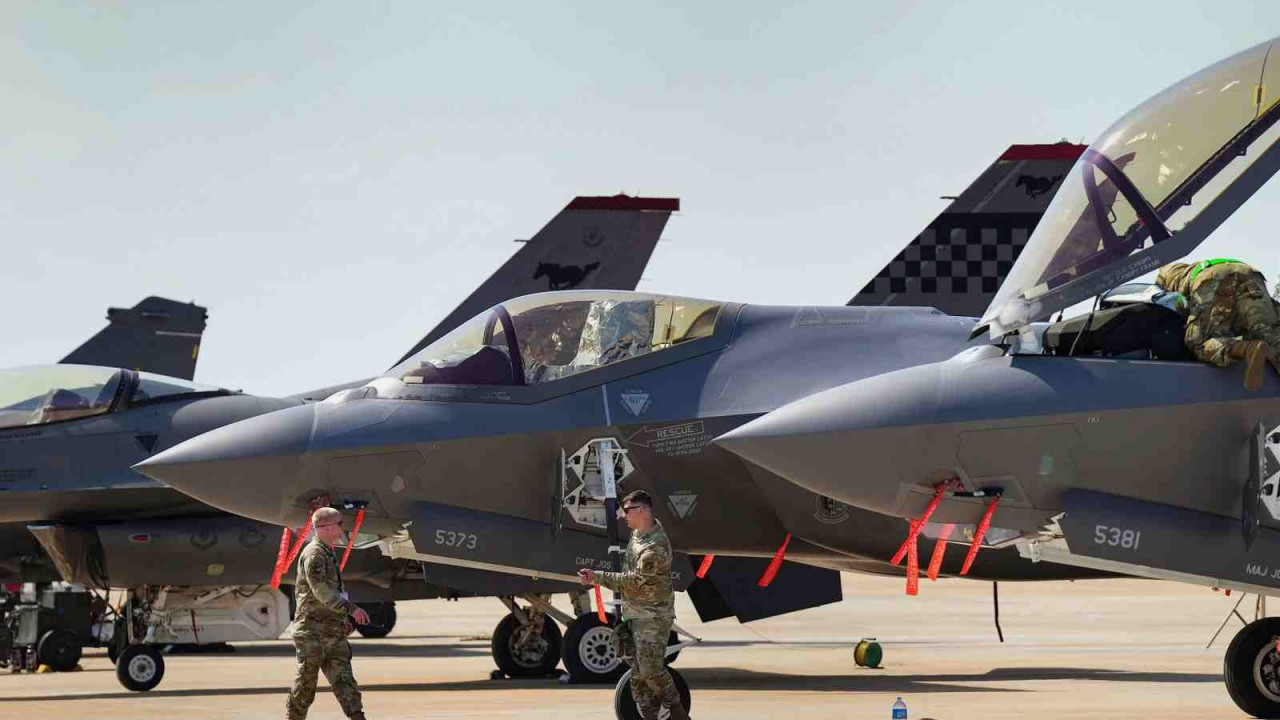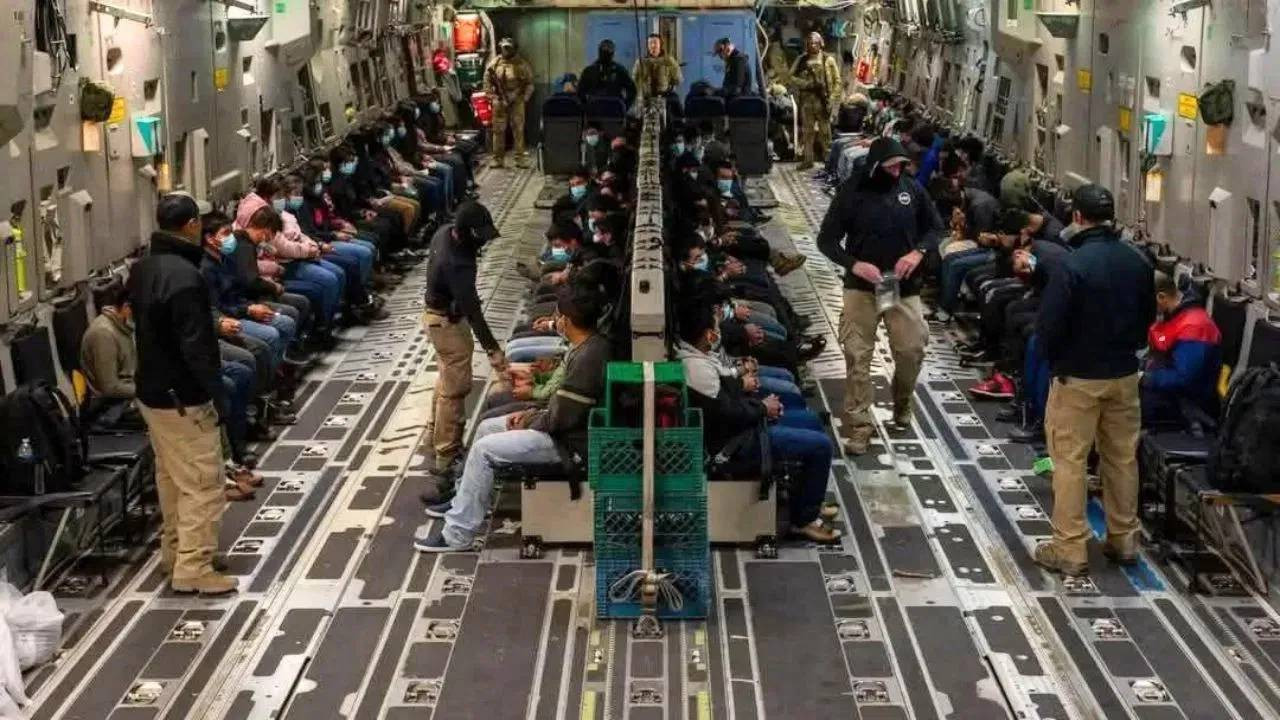New Delhi: India’s quest for selfreliance in defense manufacturing has reached a major milestone. Hindustan Aeronautics Limited (HAL) has confirmed that it has signed a breakthrough agreement with U.S. engine maker GE Aerospace to produce GE F414 fighter jet engines within India. For the first time, GE will also share a deep Transfer of Technology (ToT) package, giving Indian engineers access to critical knowhow that has long been withheld by major military powers.
This comes at a crucial juncture: with the MiG21 jets now retired, the Indian Air Force has been seeking nextgeneration fighters—and India wants those jets to run on engines made at home.
LCA Mk1A Jets Already Using GE Engines
- HAL has already been integrating GE404 engines into Tejas LCA Mk1A aircraft.
- India recently received its second GE404 engine in July 2025.
- HAL expects 12 such engines to arrive by March 2026.
- The Indian Air Force has ordered 83 Tejas Mk1A jets, with another 97 proposed.
- This new deal takes things a step further: the more advanced GE F414 engines for the LCA Mk2 will be built on Indian soil.
India’s Long Wait for Engine Technology Ends
For decades, India’s defense planners struggled to secure modern jet engine designs.
- The U.S. and France sold aircraft but kept engine blueprints secret.
- Russia supplied engines but refused to transfer the underlying technology.
- The result: India had aircraft but no ability to build the engines that powered them.
- The Kaveri 2.0 project—a DRDOled program—was launched to end that dependence.
DRDO’s GTRE Building a 'Super Engine' Hub
The Gas Turbine Research Establishment (GTRE)—DRDO’s dedicated engine lab—has been constructing a stateoftheart jet engine testing and assembly center in Bengaluru since 2023.
- The site will handle engines generating up to 130 kN thrust.
- It is slated to be fully operational by October 2025.
- This hub will support not just foreigndesigned engines but also indigenous projects like Kaveri 2.0.
Two Mega Projects in Motion
GTRE is simultaneously advancing two headline programs:
- Dry Kaveri Engine—to power India’s stealth unmanned combat drone ‘Ghaatak.’
- A nextgen engine for AMCA – India’s fifthgeneration fighter aircraft.
- The Dry Kaveri prototype could see its first trial run by mid2026.
Kaveri 2.0 – India’s Answer to U.S. & European Engines
Kaveri 2.0 is being built to match—and potentially exceed—the best fighter jet engines in the world.
- It will produce 55–58 kN of dry thrust and over 90 kN with afterburner.
- It aims to compete with America’s F404 (84 kN) and F414 (98 kN).
- This engine will be the backbone of Tejas Mk2 and the upcoming AMCA stealth fighter.
Why This Deal Changes India’s Defense Future
- Until now, India has been buying engines from abroad. With this agreement, it will build them at home.
- Technology transfer from GE means Indian engineers will finally access core engine tech.
- This marks a shift from dependence to production.
- It positions India as an emerging hub for advanced fighter jet engines in Asia.
Looking Ahead—Can India Lead in Engine Power?
With LCA Mk2, Kaveri 2.0, and the F414 production pact, India is no longer just “assembling” aircraft—it’s stepping into the hightech core of aerospace manufacturing.
- Will every Indian fighter jet one day fly with a fully homebuilt engine?
- Can Kaveri 2.0 challenge American and European designs?
The answers will emerge over the next few years. But one fact is clear: India has taken its boldest step yet toward true engine independence.















